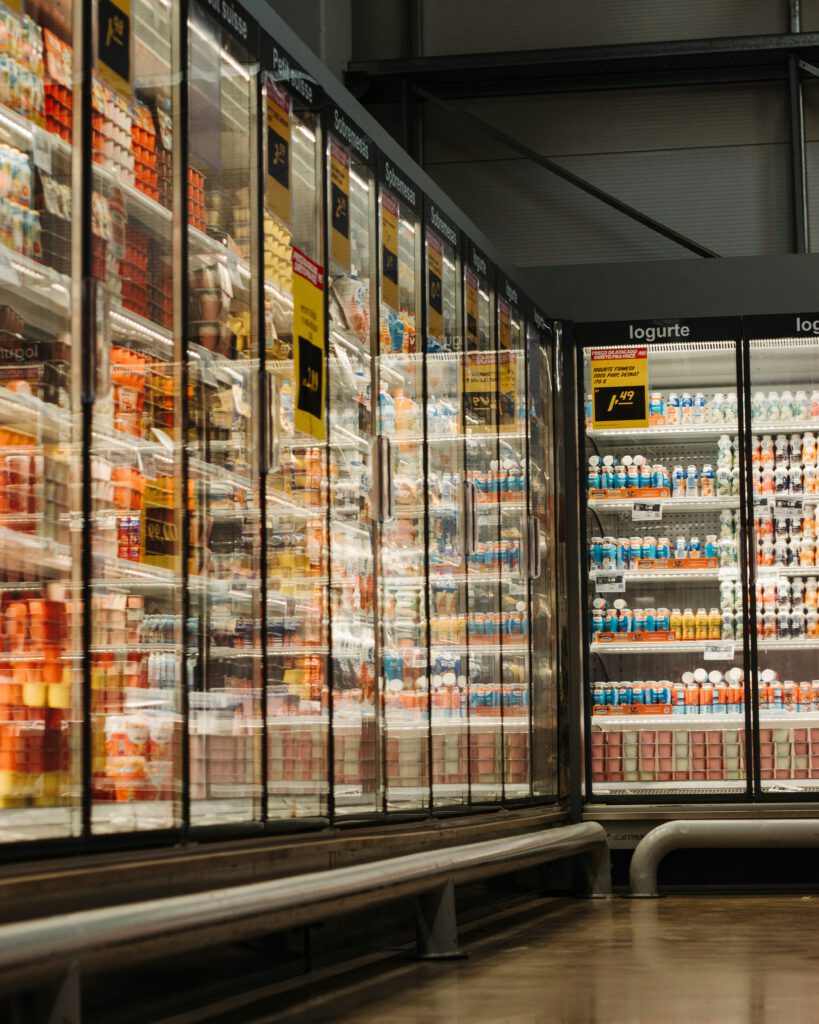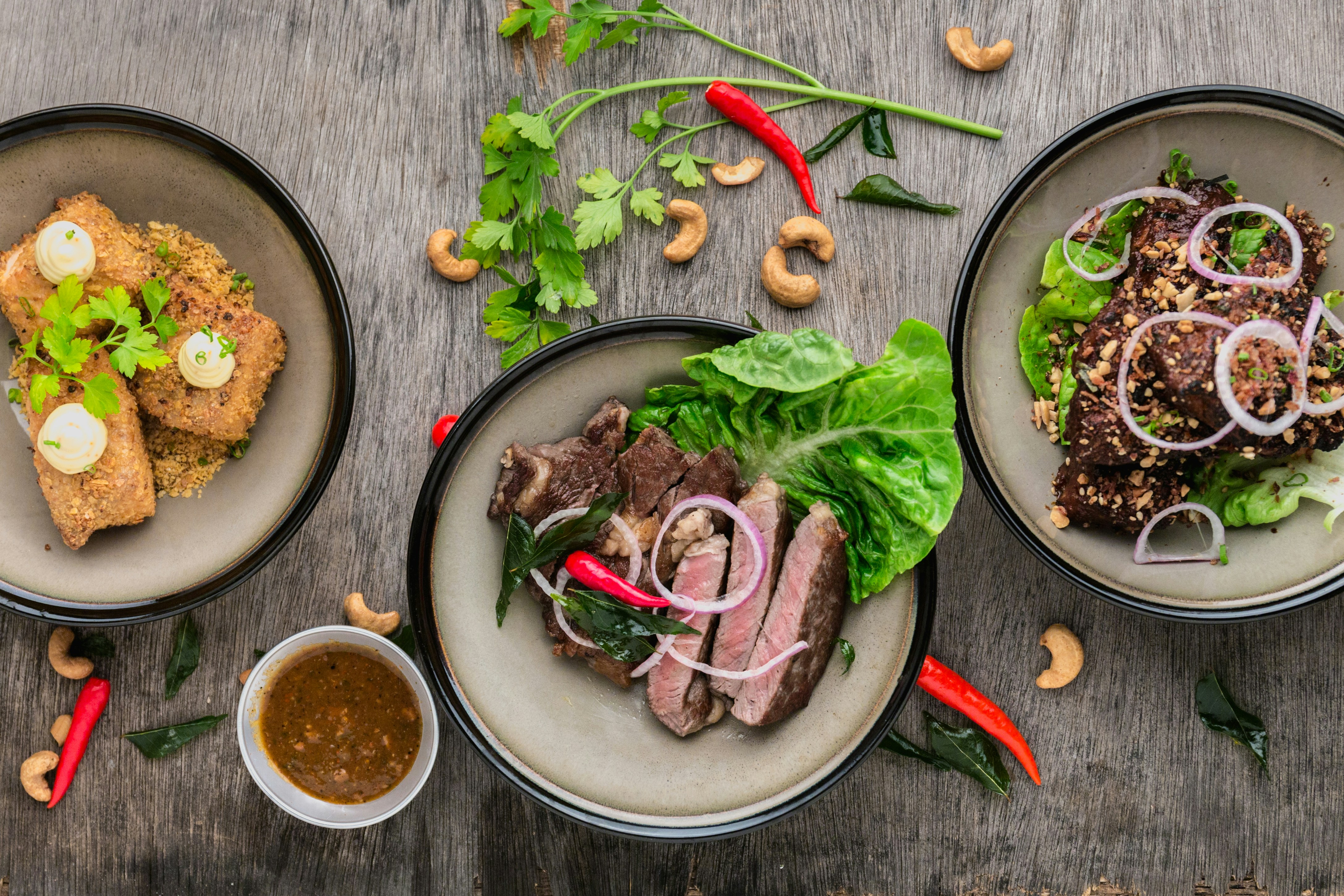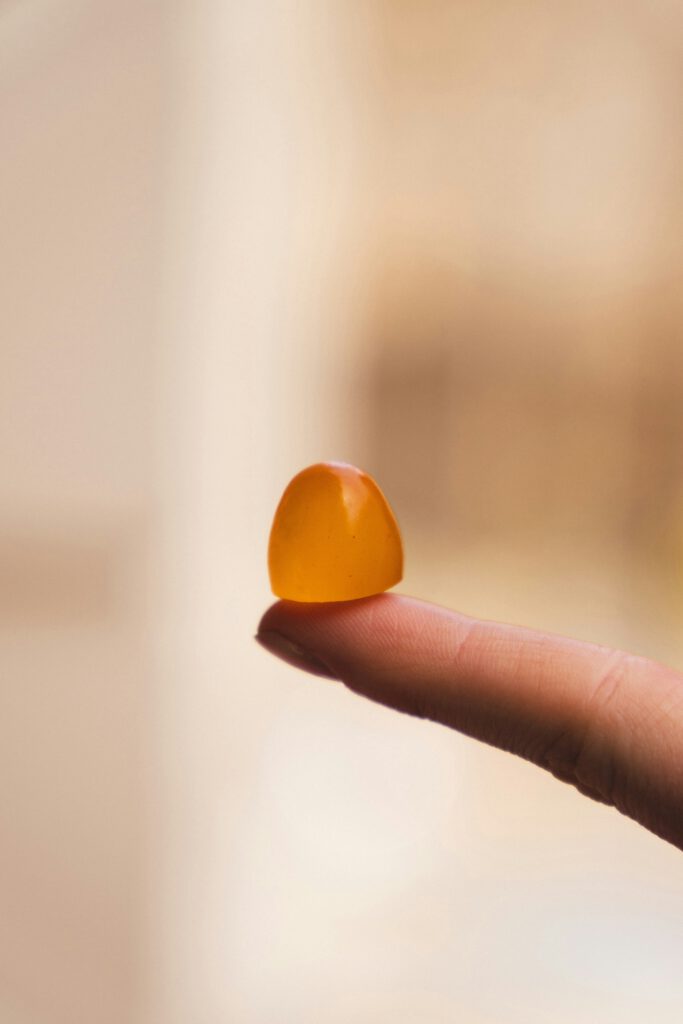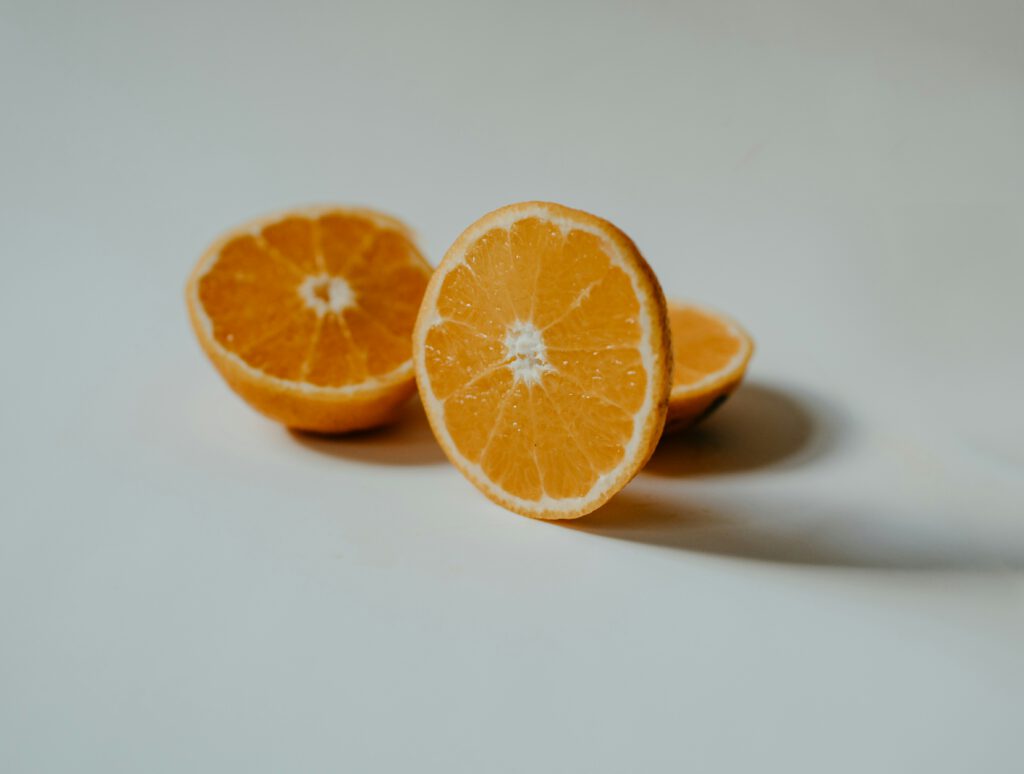
Convenient kids snacks and healthy, high protein options are hard to find in the grocery store.
In today’s fast-paced world, even the healthiest snack isn’t useful if it’s not convenient! Busy families need snacks that are easy to pack, quick to serve, and loved by kids. That’s where convenient snacks for kids like real-food protein gummies shine.
On-the-Go Nutrition for Families
Whether it’s school, sports, or travel, convenient kids snacks keep little ones fueled and focused between meals. The best snacks are shelf-stable, pre-portioned, and mess-free, so you can toss them in a backpack or lunchbox without worry.
What Makes a Snack Truly Convenient?
- No refrigeration needed—fruit pectin keeps gummies fresh for months
- Pre-portioned (3g per gummy is the ideal size for kids)
- Individually wrapped or packed in easy-to-carry containers
- No prep, no clean-up—just grab and go
Shelf-Stable and Mess-Free
Snacks that don’t melt, stick, or require special storage are lifesavers for families. Pectin-based gummies, for example, have a high melting point and long shelf life—making them perfect for every situation.
Healthy Doesn’t Have to Mean Hard
Convenience is key to consistency. When healthy options are just as easy to reach for as less nutritious ones, kids are more likely to make better choices—without feeling deprived.
The Busy Family Reality
With multiple kids, activities, and work schedules, parents need simple solutions. Shelf-stable gummies and other wholesome snacks cut down on food waste and planning time.

Portion Control and Packing
Pre-portioned snacks help avoid overeating and make lunch-packing a breeze. Kids can enjoy just the right amount, and parents have less to worry about.
Snacks Kids Can Eat Anywhere
Healthy gummies fit in a pocket, purse, or lunchbox—no sticky fingers, no crumbs. They’re a treat kids love, but also a snack parents can feel great about.
Making Healthy Choices the Easy Choice
The easier a healthy snack is to grab, the more likely kids are to eat it! For more portable, healthy snack ideas, see our High Protein Snacks for Kids and Low Sugar Snacks for Kids pages.








